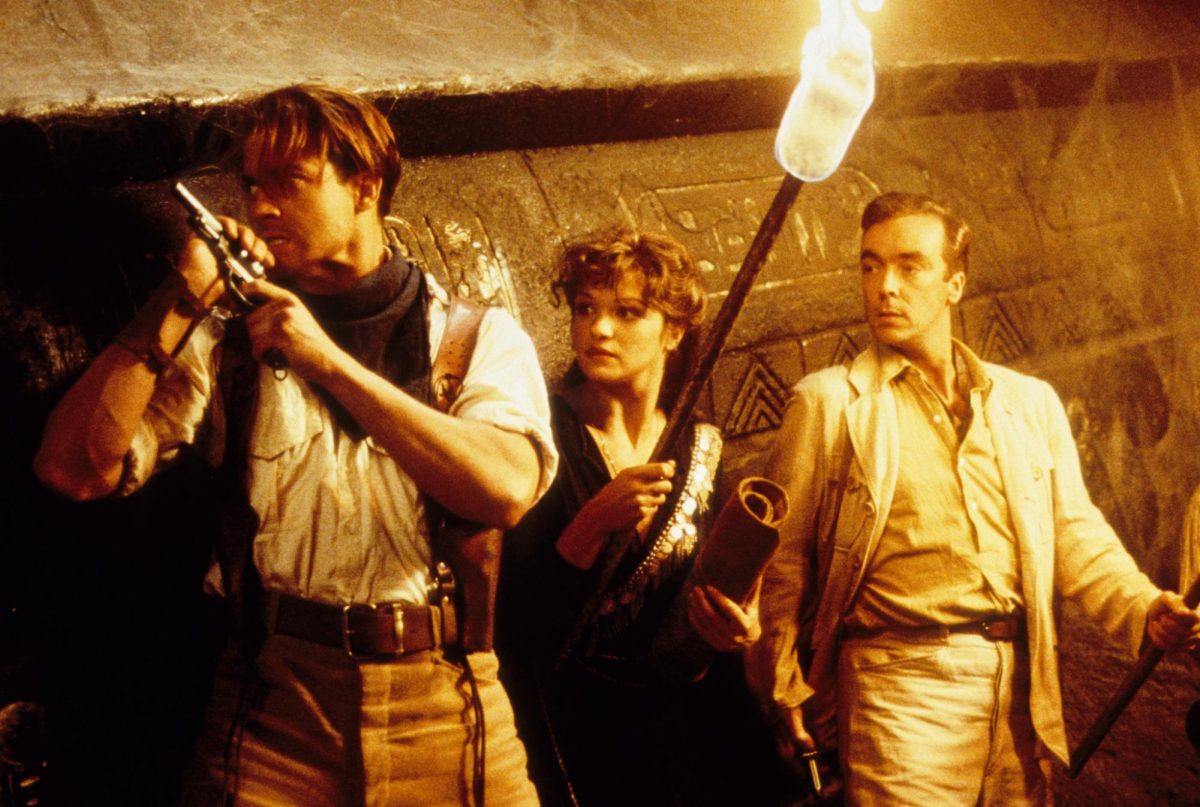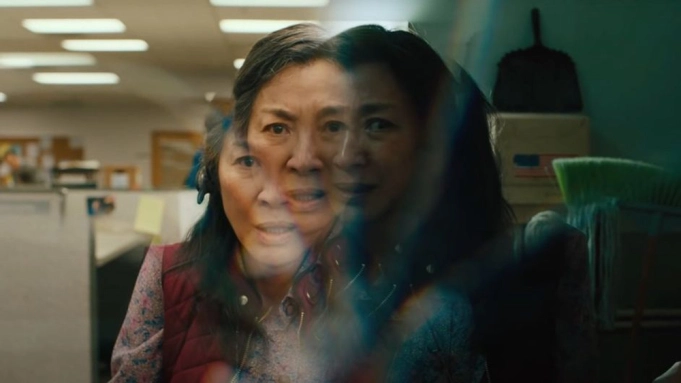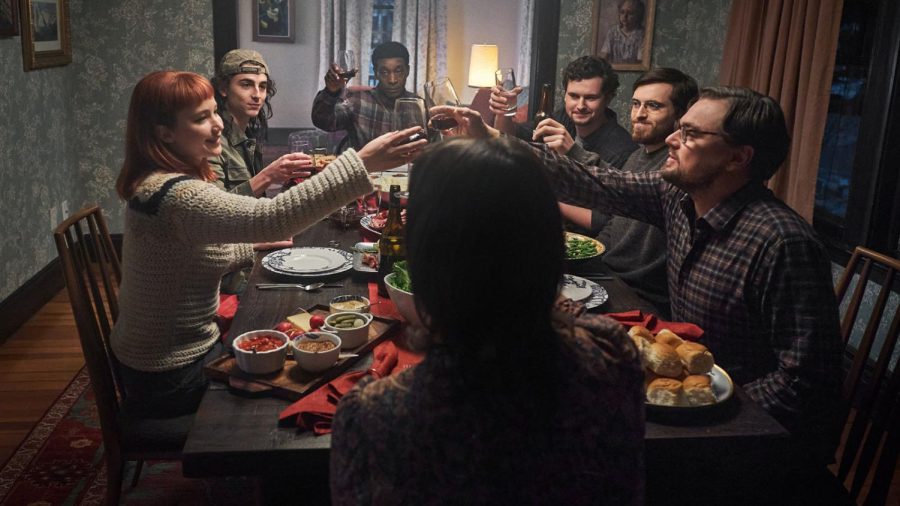Adventure movies are so much fun. Don’t get me wrong, I am absolutely a film snob, but sometimes I need to unwind and watch Indiana Jones punch Nazis. I love my war films, my dramas and my indie flicks, but they scratch a different itch than the classic adventure film. Frankly, I’m tired of pretending that adventure is worse for being the genre of the block buster. Adventure is just as valid as any other genre, and if you don’t believe me you, just listen as I regale you with the expert film craft of 1999’s The Mummy.

Now, as a concept, The Mummy should not work. It’s an adaptation of a Universal Monster Movie from 1932 that keeps very little of the original plot and has a tone somewhere between Raiders of the Lost Ark and Avengers. But miraculously, The Mummy and synthesizes all these disparate elements into a movie that makes sense.
Despite being 2 hours long, The Mummy flies by. The pacing of the film is incredibly quick but at no time do the filmmakers sacrifice the story to do so. The best way I can describe The Mummy is “using every part of the animal”. Nothing in this film happens without a purpose. Why does the library curator carelessly burn an ancient artifact? Well it cleverly sets up that he is a member of the tomb guardians that are keeping the titular Mummy sealed in his sarcophagus. Why are we wasting time on this random British pilot? Well he’s going to be important later because he helps the gang fly to Hamunaptra for the final battle. At no point are we shown anything that is not absolutely necessary to the plot, and this demonstrates a strong understanding of film as an art form.
In film, you are constrained to a much shorter run time than other mediums, and as such it is hard to write compelling characters and compelling plot. But The Mummy gets around this by tightly interweaving characterization and plot development. A great example of this is seen in Evelyn’s room on the riverboat. Not only does it show her feelings for male lead Rick O’Connell in one line of dialogue, but it also furthers the plot by destroying the boat and planting the idea in the mind of the audience and the characters that a key is needed to open Imhotep’s tomb.
Every character in this film serves a purpose, and no one stays in the story longer than is absolutely necessary, but in spite of this they are all entertaining and engaging. The four Americans are great examples of this. They are antagonists to the heroes, competing to reach Hamunaptra first and dig it up for plunder rather than knowledge, and their callousness is shown in how they use their local workers as fodder for the City of the Dead’s boobytraps. But there primary purpose is to dig up the film’s primary antagonist, Imhotep, and get all their body parts sucked out one by one to reconstitute the titular him. The Americans are fun antagonists, but once they’ve served their purpose in the story they’re disposed of. Most characters are like this, showing up, progressing the plot and endearing themselves to the audience, and then dying. The exceptions to this are our three main characters: O’Connell, Evelyn and John, and the antagonist turned friend Ardeth Bay. They all still serve a function, but they are not nearly as disposable as secondary characters like the four Americans, the museum curator or our suicidal pilot.
Dashing American adventurer Rick O’Connell and proper British librarian Evelyn Carnaham are the film’s main characters, and their blossoming romance serve as an emotional undercurrent throughout. Often in action films, the primary romance between the leading man and woman can come across as forced and unnecessary only included for the sake of convention (see the Indiana Jones films). But in The Mummy, considerable time is spent developing the romance between Rick and Evie, such as the scene of them getting drunk at the dig site or Evie’s frustration at Rick’s seeming piggishness on the river boat. With only three or four scenes, the filmmakers manage to invest the audience in their dynamic, creating a likable couple who you actually want to get together in the end.
Now while Evie endears herself to the audience with her cleverness and passion for Ancient Egypt, her brother John is far less important on paper. All he really does plot wise is obtain the map to Hamunaptra, but John’s real purpose is to bring some levity to an otherwise rather gloomy film. While Evie is the scholar and Rick is the action-hero, John is the comedic sidekick, and his cowardice, greed and loudmouth nature keep the tone light and fun even while people are having their tongues ripped out by Imhotep.
Finally, the intimidating Ardeth Bay serves as a narrative multitool. At the beginning of the film, he and the rest of the Medjai (the guardians of Imhotep’s tomb) are antagonists, attacking anyone who tries to disturb the cursed corpse. But as soon as our intrepid heroes release Imhotep, he teams up with them to help defeat the mummy. Ardeth Bay not only adds stakes to the early story, serving as an obstacle preventing the gang from reaching their goal, but he also brings knowledge of Imhotep and his powers, as well raw unmatched skill that manages to out action-hero our action-hero protagonist. Yes, Ardeth Bay does not serve a narrative purpose after he distracts the horde of mummified priests chasing our heroes, but anyone who rips a belt-fed machine gun off an airplane and uses it to put the undead back in the ground deserves to survive on cool factor alone.

While I’m talking about characters, I would be remised not to mention the film’s two main antagonists. The first is our sniveling secondary villain, Beni. This little creep is a consistent annoyance throughout the film and he is characterized as the most punchable man on the planet. This guy only cares about personal wealth, and has no moral code whatsoever. He literally makes a deal with a corpse who wants to become the mummy king of mankind in exchange for a handful of gold, and right before that we see him try and use various different holy symbols to ward off the sandy sorcerer. This actually shows another core part of his character which adds to his drop-kickablity: he is the biggest coward in the film. Anytime he is faced with any sort of danger he tries to hide or run. In fact, in the climax of the film, he runs away to steal gold from the city while the protagonists battle Imhotep. Beni is precision design to aggravate the audience and the characters, making it all the better when he’s eaten alive by flesh eating scarabs at the end of the film.
But the real villain of the is the mummy himself, Imhotep, and he is deservingly grand. In life, Imhotep was the high priest to pharaoh Seti I, but he fell in love with the pharaoh’s mistress, Anck-su-namun. When the pharaoh discovered this treason, Imhotep and his lover killed him only for the palace to be swarmed by the Pharaoh’s body guards, the Medjai, who chase off Imhotep and kill the traitorous Anck-su-namun. With the help of his priests, Imhotep recovers the body of his love and brings her to Hamunaptra, the City of the Dead, to resurrect her. But he was followed, and he and his priests are interrupted by the Medjai. The priests are mummified alive, as is Imhotep, who had his tongue ripped out and his sarcophagus filled with flesh eating scarabs.
This horrifying and over the top backstory is fitting of Imhotep, who is a suitably horrifying and dramatic villain. After his accidental resurrection, Imhotep must reconstitute his body by recovering his sacred canopic jars, and stealing the body parts of those who awakened him. In addition to this, Imhotep possesses magical powers of sand manipulation, which doesn’t sound scary until he conjures a massive dust storm to forcibly ground an airplane. Imhotep has all sorts of other abilities, too many to name really, but they all are used for his ultimate goal of resurrecting his lost love, Anck-su-namun. And despite everything he’s done to get this far, his desperation to be reunited with his lover somehow keeps him sympathetic. Imhotep is not a super complex character, but he is compelling in the grandness of his evil, and the humanity of his motivation.
The Mummy is a film overflowing with passion. The characters are engaging, the plot is adventurous, the pacing is immaculate, and the only real criticism I can give is the CGI that looks more ancient than the ruins of the Hamunaptra. But no matter how much Imhotep’s CGI corpse looks like the crumbs in my air fryer, I can look past that because the rest of the movie holds up so well. It may not have the deepest plot or characters, but The Mummy (1999) still demonstrates a real understanding of the art of film craft, and I cannot describe it as anything other than an action classic.














